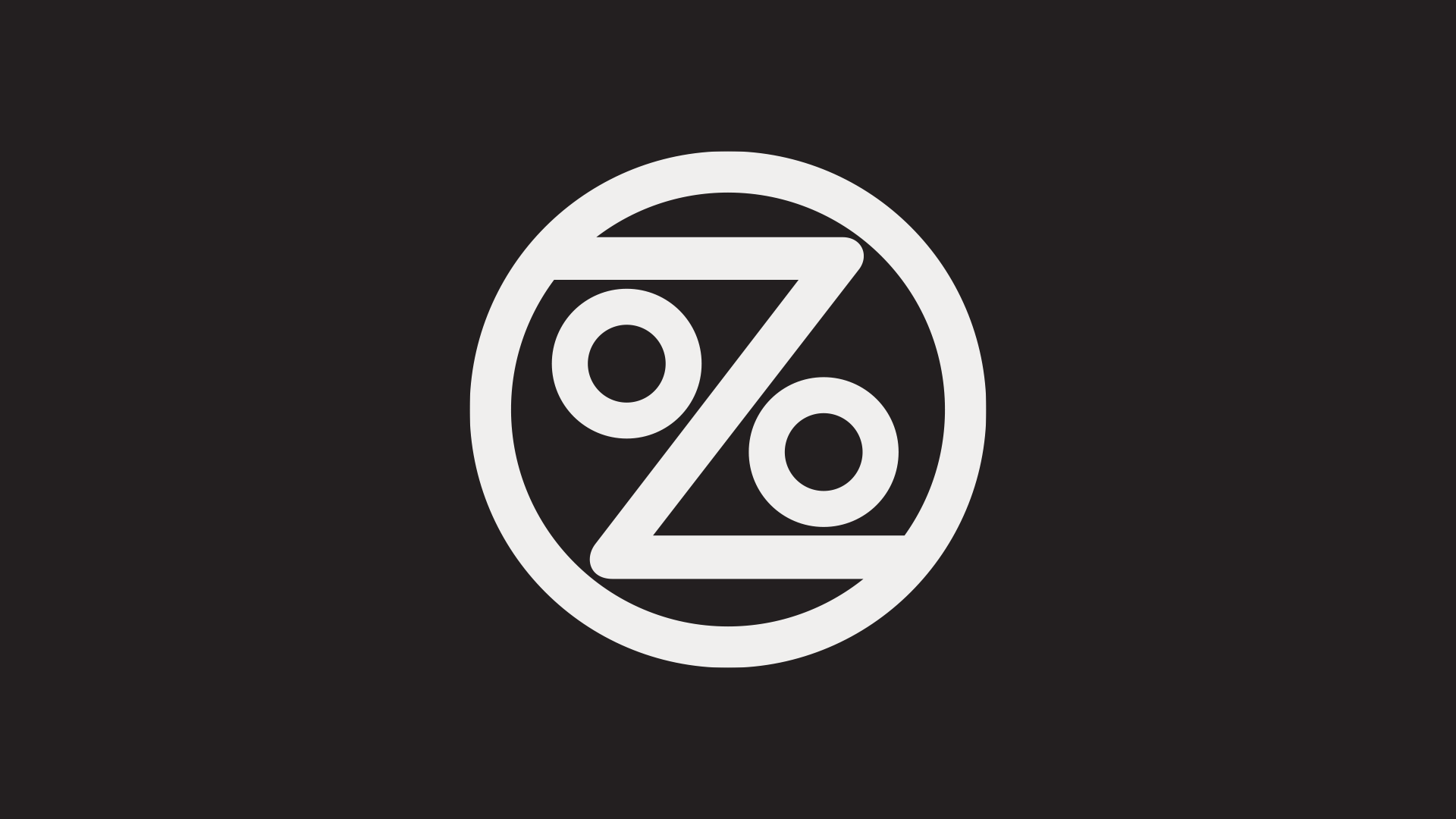Why are there classes for presentation skills, yet none on reviewing skills? That always seemed odd to me as the collaborative decision in the room will ultimately decide the success of the campaign. Yet, there is no clear process on how to properly evaluate work, and often marketing or advertising agencies can be a bit freeform when presenting it, making the path even harder.
Know The Strategy
As a client, the agency should know the strategy, your objectives, and ultimately deliver on them. But often, that may not be the case, especially in the eyes of those creating the work. So much time and effort go into strategy, yet that can often fall by the wayside, depending on the quality of the creative team, or the whim of an ECD, who overlooks strategy in favor of whichever idea gets his or her name in the trades.
Art And Science
Making sure the art and science of the idea live in harmony is an important part of the creation and evaluation. So here are a few questions clients should always ask the creative team before making a decision.
1. What are the objectives, and how do the ideas deliver on them?
In a good presentation deck, the objectives are listed, early on. But some lesser-packaged presentations may not include them. It’s important to get these answers from the creatives sharing the work, not other departments jumping in for the save (should the creatives fumble). If the creative team can’t articulate the strategy in presentation form, how can they properly execute against it? Hold creatives accountable and send them back for another round if they don’t represent strategy in the work.
2. What’s the recommend?
Simple, right? But that seems to be one piece where the broad team sometimes isn’t aligned, and they may not have even discussed this critical question beforehand. So ask for the recommend, then watch the room. Good creatives will not miss a beat, jump in with the answer, and clearly articulate why. But some will not have given it a thought, may look for others to jump in, or worse, re-present the highlight reel from the work. The worst of the worst don’t even care. They just want to sell something, and take a Bird home for a White Claw.
3. Why?
Whether the team has a clear recommend or stumbles upon it, ask them this one-word follow-up to see why they are recommending it. And make sure those answers are well-thought-out, map back to the objectives and show the full scope of the campaign. And if their answer is “PR” it’s a clear signal the team cares more about their own personal recognition than that of the client. If they say “awareness,” that’s another red flag. Keep both answers in mind when the agency contract comes up.
4. Would you do this?
From the “choose your own adventure” campaign that asks users to caravan across the web, to the “build your own” social campaigns that require too high of a touch, often creatives make things more for their book, than for your audience. The reality is no one will participate in something that requires work, because no one wants a “job.” So if the idea gives your audience one, it’s most likely going to flop. If your team is overbuilding an idea, ask them if they would participate as a user. And if you don’t get a straight answer, ask it of yourself.
5. Would this work for (my competition)?
It’s a fair question to see how far the team (and the agency) thought through the ideas to make sure they deliver on your brand promise, in a way that is exclusive to your brand. Not just with logos, stylized window treatments or other pieces of branded veneer. But in a manner that gets to the heart of the objective in a way that is own-able, only to you. If so, you have a winner.
That’s a start. The key is making sure the team is aligned to your incentives and accountable to the business objectives, strategy, and branded execution. Let’s face it, agencies spend a lot of time and (your) money on strategy, so it’s important that the team understands and uses it. Otherwise, you are left with an idea that in reality, won’t do much good.


